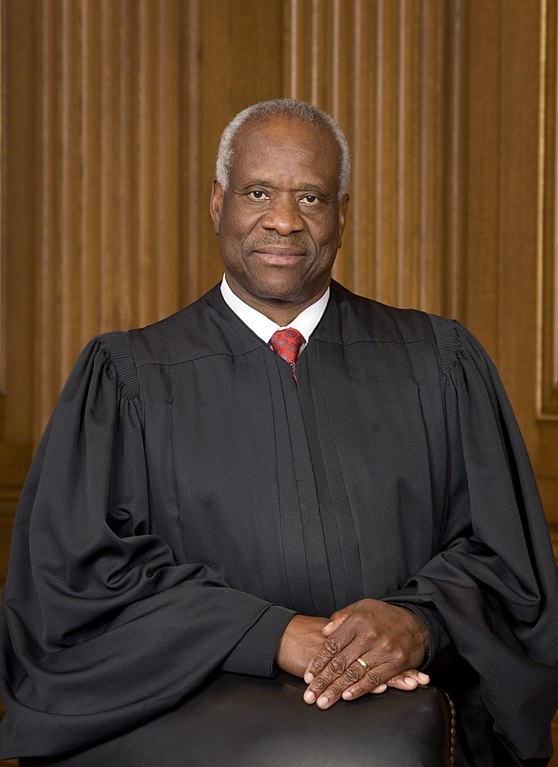Bishop Barron recently released a podcast episode entitled, “Simply Catholicism is the Answer.” In it, the bishop echoes the growing concern about divisions in the Church in the Pope Francis era. We’re in a bloodless civil war between what he describes as “liberal” and “conservative” Catholics. But thankfully there’s an answer to this crisis; borrowing a phrase from the late Cardinal Francis George, the bishop claims “simply Catholicism”—the faith transcending and engaging every culture—is the what will bring peace to our divide.
That we’re divided is rarely questioned. We see it everyday in our parishes, families, and online discourse. Less certain is the path out of our predicament. Bishop Barron’s ideas carry a lot of wisdom, but unfortunately do not seem to be actually effecting the unity he desires. He seeks a middle path; yet rather than bringing everyone together, the good bishop has found himself a lightning rod for further divisive attacks.
Wounded Witness, a new book by Dr. Michel Therrien and Divine Renovation Ministry, offers a unique voice to this quagmire. Too often we approach Catholic divisions as a binary problem. There’re liberals on one side, and conservatives on the other, each with their contribution and impediments to authentic Catholicism.
But the Catholic landscape has grown more complicated in the decades since Vatican II. There are actually four camps active in the Church today. And any unity must recognize and meet each of them to be effective.
Dr. Therrien gives a brief but compelling history of how the Church ended up in this situation, all centered around the Second Vatican Council. The Council was a battle between the conservatives and liberals of the time, and the liberals won. These liberals were critiquing elements of excess in “old guard” Catholicism—and quite rightly. An authoritarian and rigid Church culture was impeding the message of the Gospel in the face of the new psychological and egalitarian trends of the twentieth century. This old framework, the liberals urged, had to be discarded. And so, it was.
Unfortunately, a replacement framework was never firmly established. The critical project complete, something new had to be built. Dr. Therrien studiously avoids the reasons why a new consensus didn’t hold, as these are complicated and ultimately irrelevant. What’s important is the painful and obvious fact: a new paradigm wasn’t universally received.
Instead, multiple competing frameworks developed in the vacuum. Each one had an important core value, but also multiple shortcomings. In the lack of a clear consensus, these frameworks vied for power; those within the framework saw only its core goodness, while those outside of the framework focused on its inadequacies. This is how we’ve arrived at the situation today, with a Church culture governed more by tribalism than Christian brotherhood.
It’s essential, then, that we charitably understand the bads and goods of each viewpoint if we want to reach a real middle ground. Dr. Therrien lays out these four tribes—what he dubs the liberationist, psycho-spiritual, charismatic, and neo-traditional paradigms—and highlights the core value and limitations of each one.
The liberationist paradigm is founded on the Gospel’s call to build the kingdom of God. This call is joined with political activity; and so spans both the liberal and conservative spectrum, depending on an individual’s background political philosophy. We thus get Catholics on the left who focus on the poor and the immigrant, and Catholics on the right who focus on the pro-life and pro-family culture wars—but both trying to bring a Christian hand to the external conditions of our society.
Those in the psycho-spiritualist camp emphasize Christ’s healing and the psychological safety the Church should provide. They seek to build a Church culture where anyone can find welcome, peace, and personal integration.
The Charismatic Renewal birthed the charismatic paradigm. This group finds great importance in “life in the Spirit,” whereby each Christian brings the power of grace into their lives. Charismatics often focus on external signs of this life in the spirit and emotive prayers.
These three paradigms emerged in the wake of Vatican II. The last paradigm, the neo-traditionalist paradigm, came mostly as a reaction to the first three. Neo traditionalists are a critical voice to the other paradigms, and seek a restoration of the pre-Conciliar strengths the Church has since lost. This often takes on a liturgical and ecclesiological dimension, emphasizing the value of the past.
Dr. Therrien thus summarizes the core truth of each paradigm: the cause of liberation (liberationist), personal healing and integration (psycho-spiritual), life in the Holy Spirit (charismatic), and the Tradition of the Church expressed in the liturgy (neo-traditional).
But they each have their dark side, too. The liberationist paradigm narrows Gospel justice to fit secular political categories, and can miss the broader spiritual dimensions of Christianity. In an effort to be welcoming, psycho-spiritualists often soften or even seek to change difficult moral teachings. Charismatics may downplay the importance of the hierarchy, or overemphasize extraordinary manifestations of the Spirit. And neo-traditionalists, in their efforts to restore lost Catholic beauty, can import rather ugly aspects of pre-Conciliar culture or theology.
This analysis should prompt any reader towards self-reflection. We all run the risk of making our Catholic faith too narrow, and need to examine our own blind spots. After Dr. Therrien’s unique analysis, such an introspection primes us for his unique solution—not “simply Catholicism,” but “simply Jesus.”
Of course, these things aren’t really opposed. I would wager Cardinal George and Bishop Barron’s “simply Catholicism” has no one else but Jesus in mind. The Catholic Church is the Church of Jesus, and so a focus on Christ is indirectly a focus on the Church.
But unfortunately, our divisive environment clouds this identification. Our faith is about following Jesus. That takes place in the context of the Catholic Church—a context which should never eclipse our connection with Christ himself. We thus have to consciously recenter our lives on Christ, and let our Catholicity grow out of that, instead of the other way around.
Turning our gaze on Jesus will bring healing to our Catholic divisions. Jesus’ own ministry models all of the core values of today’s paradigms, but without the pitfalls. His time on earth is a radically evangelistic one, and His followers today should have the same evangelizing mission. And, like Jesus modeled, this mission is achieved primarily through reaching and forming individuals; not, primarily, as a theological or cultural project.
The ultimate solution to our crisis of Church unity, then, is to find this unity in Jesus, who alone can move us beyond our human paradigms.
The danger of such an expansive treatment of modern Catholicism is, of course, a lack of depth. Wounded Witness is never shallow, but does intentionally avoid academic discussions and technical debates. It’s not meant as an exhaustive treatment of each paradigm; but this can leave a reader wanting more. Wounded Witness is best seen then as an easily accessible starting point—and a very important one—for those disturbed by the growing raucous within the Church they love. It will breathe understanding into our widespread discontent, and challenge us all to lean more directly on Christ.



